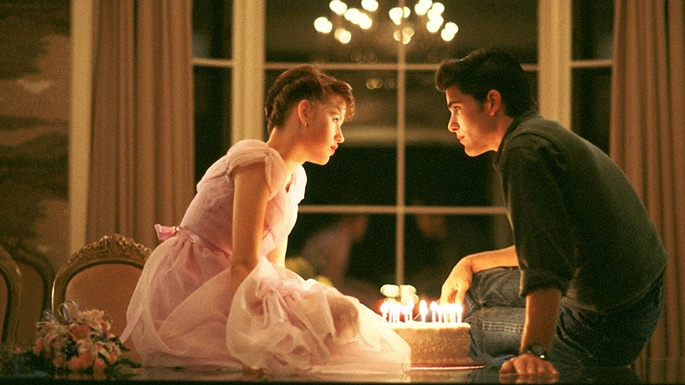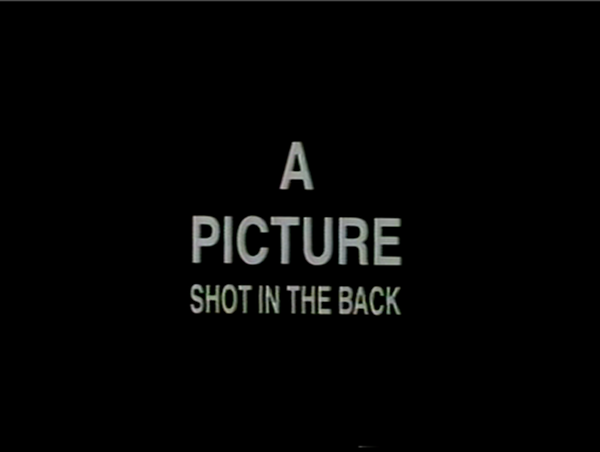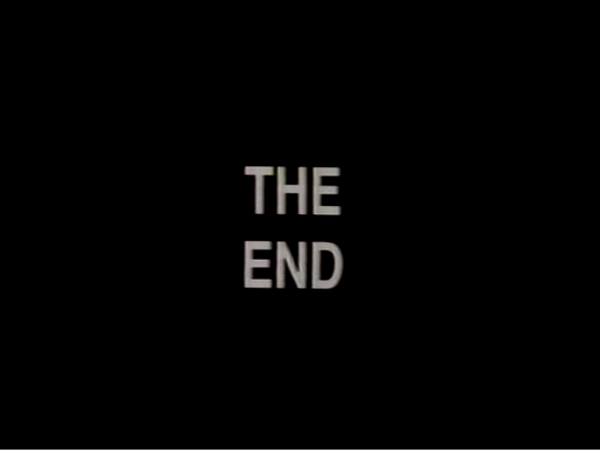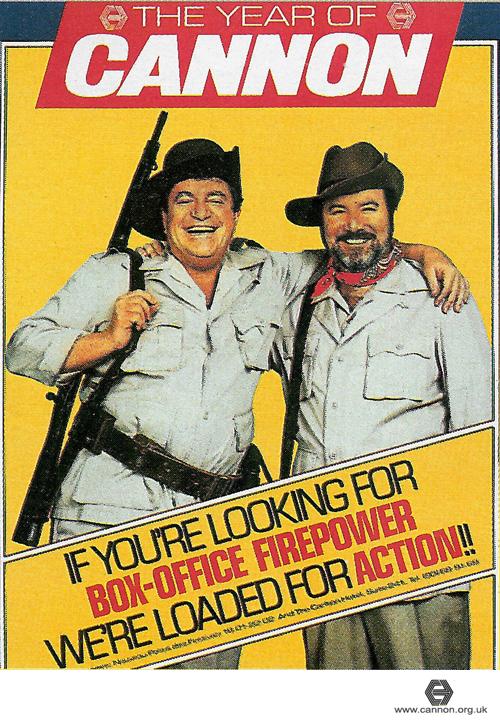Sixteen Candles is thirty this year. It remains a beloved teen comedy; an iconic story of a young girl growing up to be a man.
All right, Sixteen Candles isn’t actually about a trans man, unfortunately; representations of trans people in media were even rarer two decades ago than they are now. But rewatching the film, it is surprising how obsessed this girl’s coming-of-age story is with manliness. Partly that has to do with the subplot involving the Geek (Anthony Michael Hall) as he tries to convince protagonist Samantha Baker (Molly Ringwald), or anyone, really, to have sex with him. His nerdishness and awkwardness is related repeatedly to a lack of manliness; Sam calls him a “total fag,” and he taunts his even geekier henchman by telling them “don’t be such faggots.” At one point, he even accidentally takes birth control pills, foisted on him by Caroline Mulford (Haviland Morris). He spits the pills out quickly, though…and soon thereafter, as if getting rid of those contaminating hormones is some sort of rite-of-passage, he finally manages his transition to not-womanly by having an unspecified but mutually satisfying intimate tryst with the seemingly way out of his league Caroline.
Like the Geek, Sam is trying to grow up — a process made no easier when her entire family forgets her birthday. Growing up for her doesn’t mean becoming a man, but getting one: in this case, the Robert-Pattinson-before-there-was-Robert-Pattinson hot, soulful Jake Ryan (Michael Schoeffling). Yet, getting the guy and being the guy are wrapped around each other in complicated ways. Sam (whose name is suggestively androgynous) is a sophomore; Jake’s a senior. Her eagerness to be older, then, is a wish to be like him, as well as a wish to be with him. Her desire isn’t just about romance, but about the desire to be acknowledged rather than erased — to get out of her beautiful sister’s shadow, and out from under the bleak school hierarchy. It’s not an accident that the film’s one glimpse of nudity is a scene in the girl’s bathroom in which Sam and her best friend stare at a topless Caroline in an excess of envy at her body and at her good fortune in dating Jake. The camera focuses first of all on her breasts before it pulls back; it’s an eroticized moment, in which the jealous sophomores’ desire to be Caroline (and so date Jake) is visually blurred with the desire to be with Caroline (and so essentially be Jake.)
Adulthood in Sixteen Candles, then, is in many ways coded as male — a patriarchal economy underlined by the viscious Asian stereotype of the quintessentially nerdy, iconically non-manly Long Duk Dong (Gedde Watanabe.) This link between adulthood and manliness isn’t a surprise; power in the 1980s, and still today, is generally coded as masculine. To grow up, to stop being a “fag” or (as one cruel upperclassman calls Sam) a “void”, is to grab hold of the male thing. Desire is not just about love, but about (male-coded) strength and substance and influence — thus the attraction of Bella to Edward, or of Anastasia to Christian Grey, or, for that matter, of Dorothea to Casaubon. Love isn’t just about wanting a man, but about wanting to be the man. Jake’s attractiveness , too, is not just his pretty face; it’s also his fancy cars and his place at the pinnacle of the school’s pecking order — and also the fact that he’s dating the desirable, visibly adult Caroline.
So romance is all about patriarchy? Well, not exactly. Or at least, the dynamic of wanting to grow up by loving and becoming the loved one isn’t restricted to heterosexual love stories. For example, it’s the basic premise of Nora Olsen’s wonderful lesbian YA novel, Frenemy of the People, out last week. At the start of the book, Lexie is the one out lesbian at the high school: she’s fiercely political, anti-bourgeois, and (in what I take as a deliberate Holden Caulfield wink) hates the smarminess and fakeness of her classmates. Clarissa, on the other hand, is a straight girl from a Conservative Christian family who rides horses and has tons of friends in the popular clique.
But then Clarissa suddenly figures out she’s bi (she has an epiphany where she realizes she likes pictures of Kimye as much for Kim as for Kanye) and she and Lexie begin a wary process of falling in love. That process isn’t just about learning to like one another; it’s also about becoming like one another — growing up both by loving and by turning into the loved one. At the end of the book, it’s the fierce Lexie who says, “It’s like Clarissa cracked me open, and all this tenderness spilled out of me that I didn’t even know I had” — and it’s the political Lexie who admits that “All I do now are bourgeois things, like horseback riding and lying around kissing my girlfriend.” Meanwhile, it’s the popular high school girl Clarissa who says that Lexie has “made me more fierce and brave,” and who gushes about the joys of property destruction. (“I can’t wait to do more things like that.”) The two girls have grown and found themselves — and the selves they’ve found are each other.
You could argue that the absence of patriarchal fantasies, not to mention the absence of stupid gay slurs and emasculated Asian stereotypes, makes Olsen’s coming-of-age story better than Sixteen Candles. And “Frenemy of the People” is in fact much superior to the film. Olsen’s a wittier and smarter writer than John Hughes, with a broader range of interests and sympathies than Hollywood formula can manage (the book tackles everything from the housing crisis to mental disability issues, all with an immaculately light touch.)
Nonetheless, I think reading Sixteen Candles through Frenemy actually makes me appreciate the film more, not less. Yes, the anxieties around masculinity are a bit off-putting. But at the same time, as Olsen shows, it’s natural for Sam to want to be Jake, because people, of whatever gender or orientation, often want to be, as well as to be with, their sweeties. If there’s some suggestion that she likes his status and his maturity — well, what’s wrong with loving someone because they have qualities you admire, and want for yourself? When you’re looking for it, you can even perhaps see Jake doing something similar himself — he gives an impassioned speech about wanting a serious girlfriend; he’s sick of partying. Growing up for him means putting aside the childish things that comprise being on top of that social hierarchy, and getting to be more like Sam, quiet and out of the spotlight. Maybe it’s Jake’s birthday too, there at the end of the film, and the gift he gets is to grow up to be the girl he loves.






